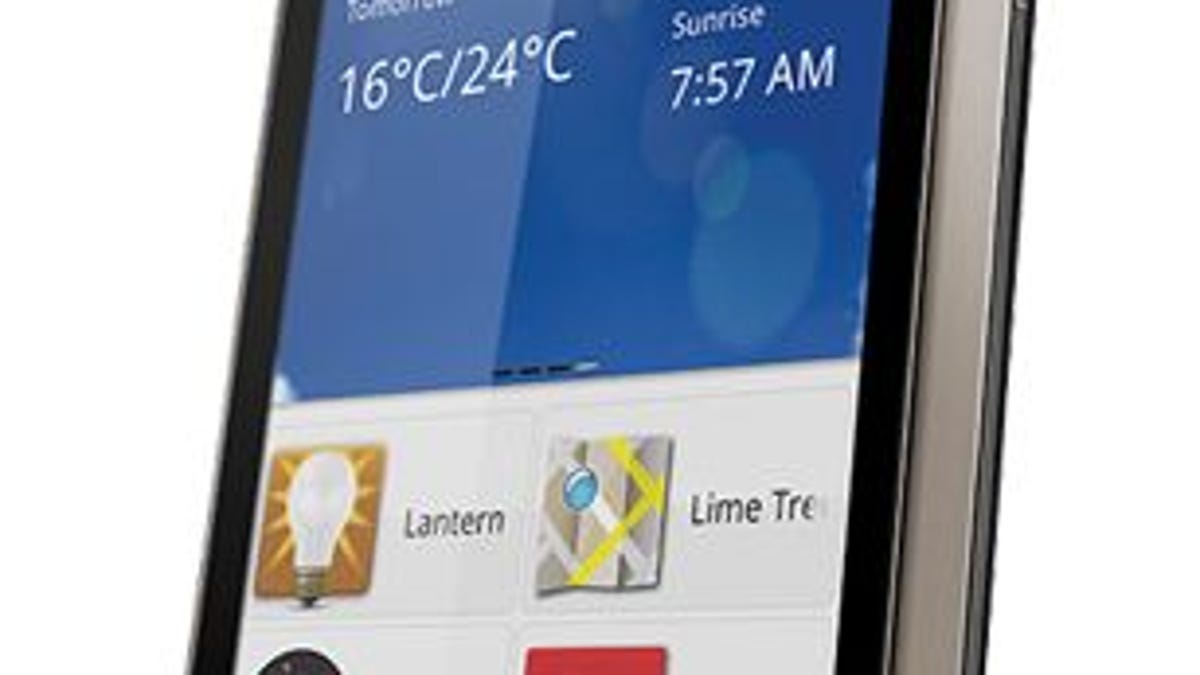Hands-on with the Republic Wireless Motorola Defy XT
The latest phone from the $19/month carrier is a vast improvement over its predecessor, but what about the service itself?
Late last year, Republic Wireless made a big splash by offering an Android smartphone with unlimited calling, texting, and data for the unheard-of price of $19 per month.
There were a few catches, of course, most notably the phone itself: LG's Optimus S, a small, decidedly entry-level model with a scratch-prone screen and slow processor.
This month, the company dumped the Optimus in favor of a new model: the Motorola Defy XT. How does it compare? I've spent the last week or so finding out.
In terms of specs alone, the Defy XT blows the Optimus S out of the water. It's powered by a 1GHz processor, and its dust-proof, water-resistant, Gorilla Glass screen measures 3.7 inches -- a bit longer than the current iPhone's. (The Optimus had a seriously cramped 3.2-inch display.)
The Defy also offers front- and rear-facing cameras, the latter good for 5-megapixel snapshots and 720p video recording. Motorola supplies a 1,700mAh battery it says is good for 9.5 hours of continuous usage. (Battery life proved decent, in that I didn't wake up to a dead handset if I left it off the charger overnight.)
Make no mistake: This is still an entry-level smartphone, at least by today's standards. It runs Android 2.3 and can be a little sluggish between screen taps. However, it's appreciably thin and lightweight, and I found it perfectly serviceable for everything from sending text messages to watching YouTube videos to playing Amazing Alex.
Ah, but how does it fare as an actual phone? The reason Republic Wireless can offer such cheap monthly rates is by leveraging available Wi-Fi networks: Whenever the phone is connected to one, it'll use it for your calls. It's an ingenious solution -- though not always a perfect one.
Indeed, although some of the calls I made (via my home network) sounded fine at both ends, others exhibited a bit of static or echo. The voice-over-IP system (Ooma) I use for my home phone rarely exhibits such problems.
The good news is that the Defy will automatically switch between Wi-Fi and the cellular network as needed. The bad news is it can't do this while you're on a call. If you start a conversation at, say, home or the office, then hop in the car and drive off, the call will drop.
That's a hassle, to be sure, but it's a $19/month no-contract hassle. For me the only real catch is the price of the phone itself: $249, plus a $29 startup fee. (Optimus S owners can upgrade for $149.) That's a little steep, but understandable given that you're not getting the usual contract subsidy. What's more, amortize your total costs over two years and it's way, way cheaper than any smartphone/voice/data deal you can get from one of the major carriers.
Interested? Be prepared to wait. Although Republic is once again accepting new customers in its beta program, it's likely to be at least a few weeks before you get in.
In the meantime, tell me what you think of this smartphone solution. Off-the-charts awesome? Perfect for your smartphone-hungry teenager? Too many little catches to be worthwhile? I'm eager to hear your comments.


